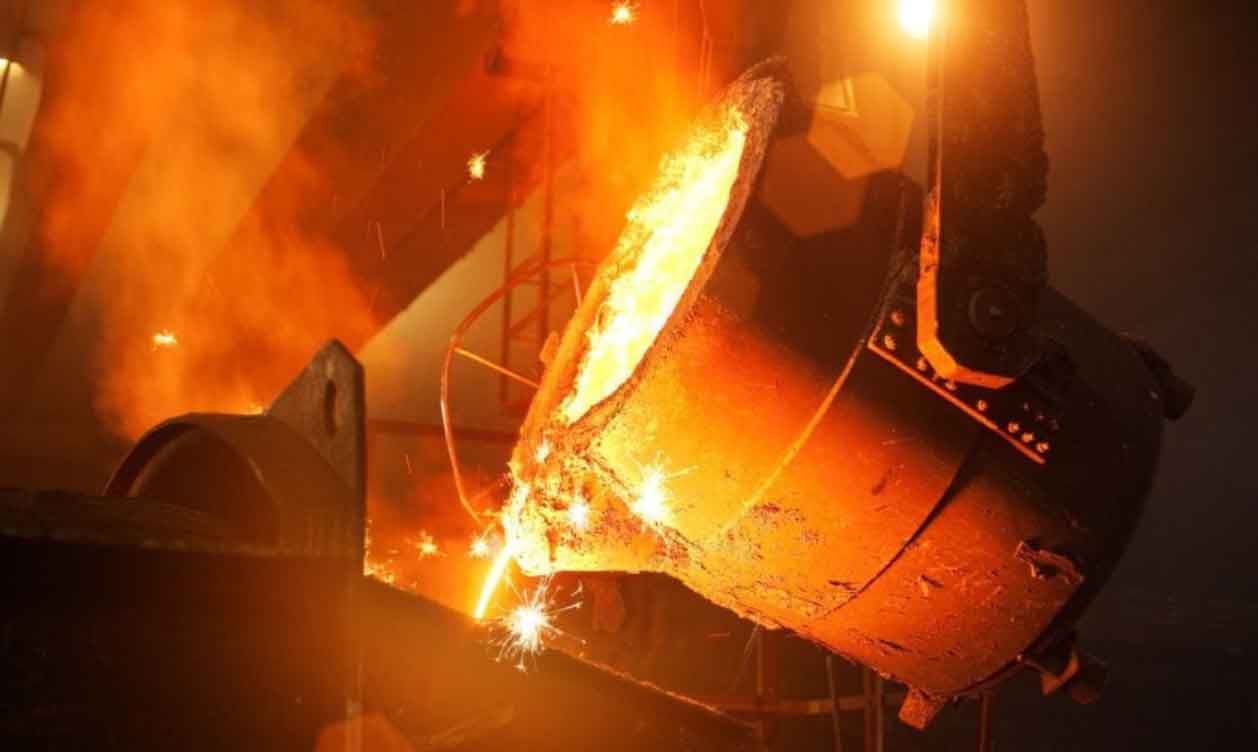
Advancements in steel casting technology have been instrumental in pushing the boundaries of what is possible in the manufacturing and engineering industries. These innovations have enhanced the quality, efficiency, and capabilities of steel castings, opening up new possibilities for various applications. Here are some key advancements in steel casting technology:
- Computer-Aided Design and Simulation: The integration of computer-aided design (CAD) and simulation software has revolutionized the steel casting process. Advanced CAD tools allow engineers to create complex 3D models of components, enabling precise design and visualization before actual production. Simulation software helps predict and optimize casting processes, identifying potential defects and allowing for process adjustments to ensure high-quality castings.
- 3D Printing/Additive Manufacturing: Additive manufacturing, commonly known as 3D printing, has emerged as a complementary technology to traditional steel casting. It enables the creation of intricate patterns and molds with greater design freedom. This approach can lead to reduced lead times, lower costs, and innovative geometries that were previously challenging to achieve through conventional casting methods.
- Improved Mold Materials: Advancements in mold materials, such as high-quality ceramic and refractory materials, have contributed to higher dimensional accuracy, improved surface finish, and reduced defects in steel castings. These materials can withstand the high temperatures and thermal stresses encountered during the casting process, leading to better mold stability and longer mold life.
- Process Automation and Robotics: Automation and robotics have been integrated into steel casting processes to enhance efficiency and consistency. Automated pouring systems, robotic handling, and precision control systems improve casting repeatability, reduce manual labor, and minimize human errors.
- Advanced Alloy Development: The development of new and improved steel alloys with specific properties has expanded the application range of steel castings. Innovative alloy compositions can offer enhanced strength, corrosion resistance, wear resistance, and other desirable characteristics tailored to specific industry requirements.
- In-Process Monitoring and Quality Control: In-process monitoring systems and advanced quality control measures, such as real-time sensors and non-destructive testing techniques, have become more prevalent. These technologies ensure that castings meet stringent quality standards and help detect defects early in the production process.
- Sustainable Practices: Environmental concerns and sustainability considerations have driven the adoption of more eco-friendly practices in steel casting. Energy-efficient melting technologies, recycling of scrap metal, and reducing material waste are examples of how the industry is becoming more environmentally conscious.
- High-Performance Furnaces: Modern induction and electric arc furnaces with precise temperature control and energy-efficient features have improved the melting process. These furnaces allow for better temperature uniformity, reducing the risk of casting defects and ensuring consistent material properties.
- Innovative Post-Casting Processes: Advanced post-casting processes, such as heat treatment, surface finishing, and machining techniques, have been optimized to enhance the mechanical properties and overall performance of steel castings. This ensures that the cast components meet the demanding requirements of various industries.
As a result of these advancements, steel casting technology continues to evolve, offering an ever-expanding array of possibilities in engineering and manufacturing. From aerospace and automotive to infrastructure and renewable energy, steel castings play a crucial role in shaping the future of modern industries.
